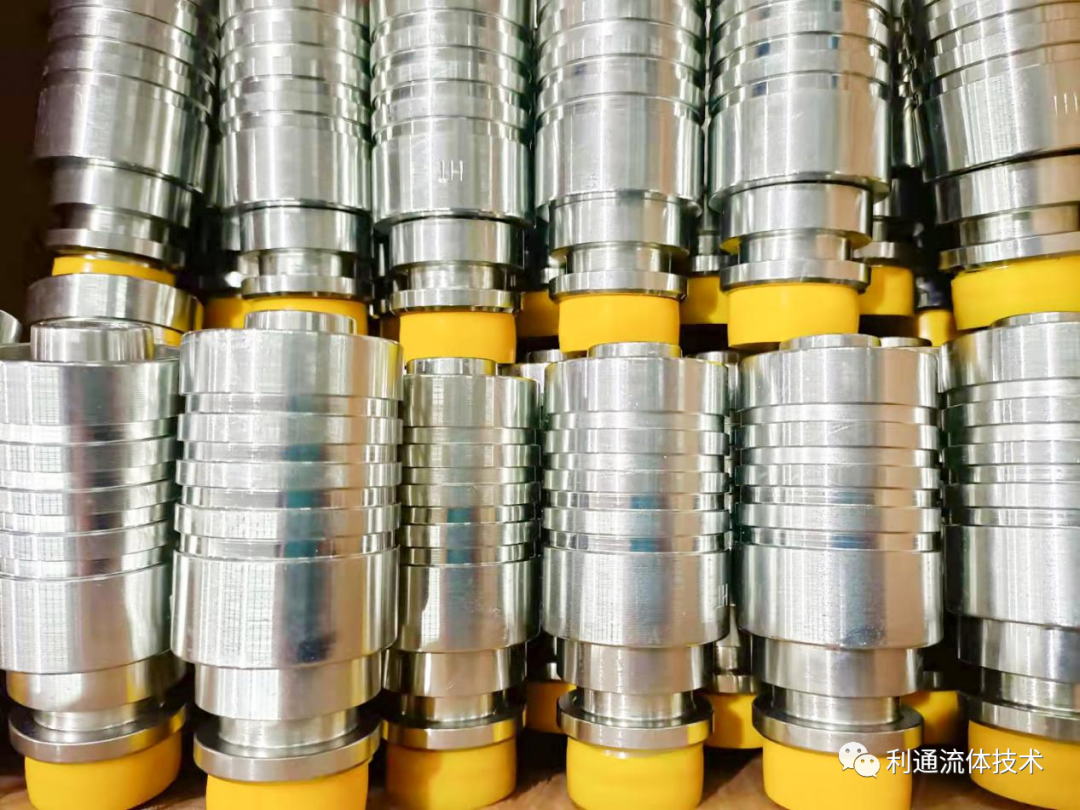Master the key knowledge of the oil industry: Easily identify the male and female ends of the union
2025-05-28 14:55:36
In the oil industry, the ability to accurately identify and operate various tools and accessories directly affects the efficiency and safety of work. Among them, the union joint is a common connection component in oil drilling equipment, which plays a vital role in the rapid connection and removal of pipelines. In a large number of usage scenarios, how to identify the male and female ends of the union joint has become a basic and necessary skill.
1. What is a union joint?
A union joint is a connection component used for pipelines and equipment, mainly composed of three parts: male, female and nut. This joint is designed to achieve the function of quick connection and disconnection, which is very suitable for working occasions that require frequent installation and removal. The design of the union joint can withstand high-pressure environments, so it is widely used in oil drilling, chemical industry, coal mines and offshore platforms.
2. The structure and working principle of the union joint
Understanding the structure of the union joint is particularly critical for judging its male and female ends. The male end of the connector is usually slightly smaller and has external threads, while the female end is larger and has corresponding thread grooves inside to match the male end threads. The nut part is sandwiched between the male and female ends, and the male and female ends can be fixed together by tightening the nut.
The unique design of the union allows quick connection and interconnection of pipes while maintaining good sealing performance, which reduces the risk of fluid leakage to a certain extent. The materials used are usually steel that has been treated with corrosion and pressure resistance to improve durability and safety.
3. How to distinguish the male and female ends of the union connector
(1) Observe the shape and size: The diameter of the male end is usually slightly smaller than that of the female end, and one end of it is convex and has positive threads. Relatively speaking, the female end is larger and has corresponding female threads on the inner wall. For handling connectors of different sizes in industrial situations, it is very important to be able to quickly distinguish between the two by sight and touch.
(2) Check the thread direction: When rotating, you can clearly feel that the male head enters the female head clockwise; because the early design used the clockwise direction as the standard thread direction, this tradition is still widely used in most pipe joints.
(3) Check the shape of the joint: The female head usually has a deeper and wider joint groove structure, which can be firmly embedded in the raised part of the nut and ensure the sealing. With this feature, it is easy to judge which end is the female head by hand.
(4) Use markings and scales: Some companies will clearly mark the edge of the joint, such as "M" for male head and "F" for female head. This appearance mark makes identification more intuitive, especially for new operators.
Through this article, I hope to provide some practical help for oil professionals, enhance their confidence in operation, and thus improve the operation level and safety standards of the entire industry.